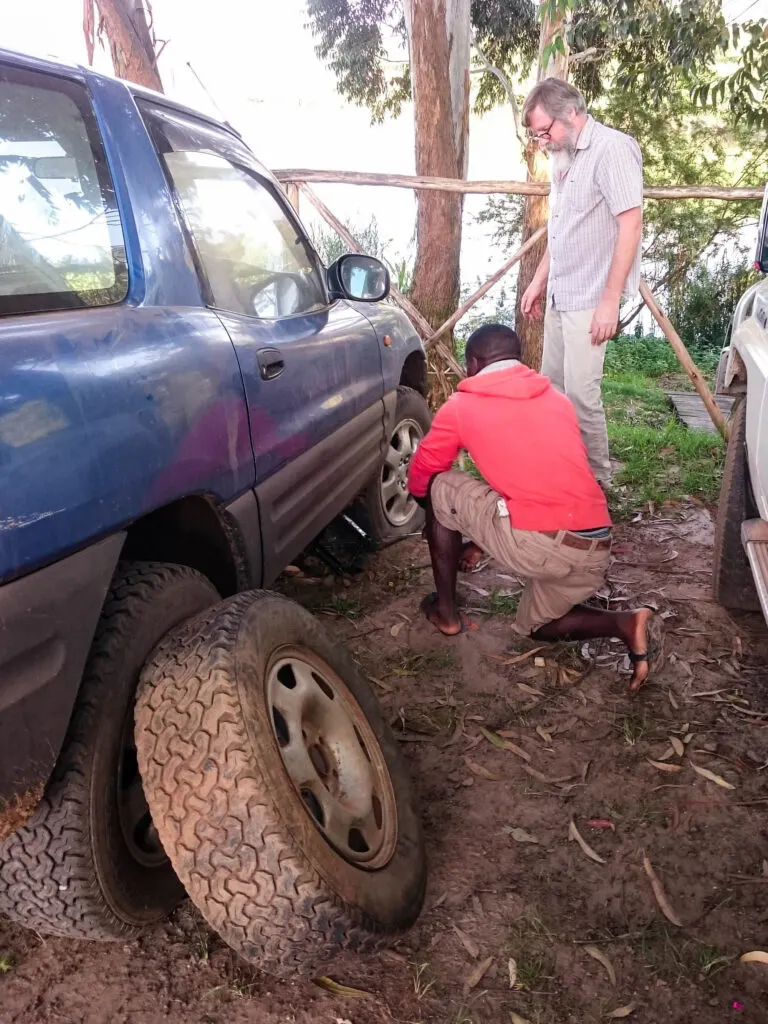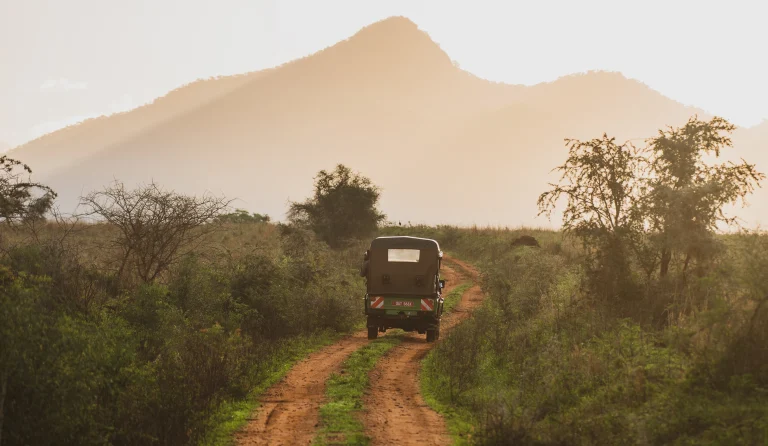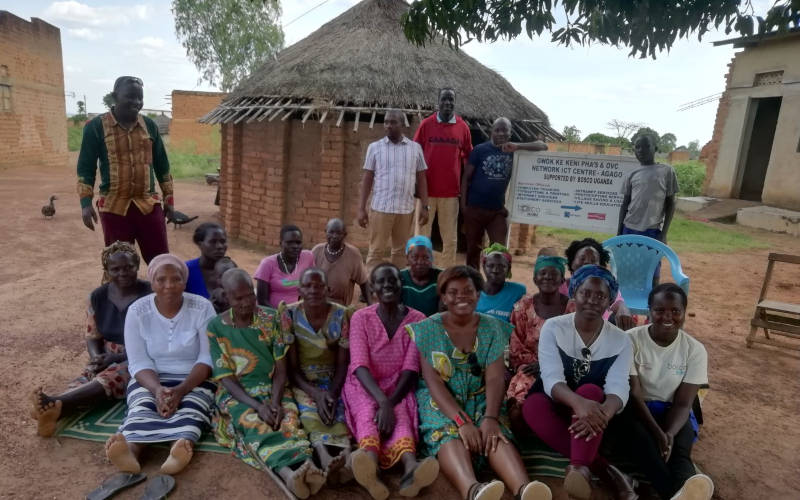Self drive in Uganda offers a unique opportunity for travelers to explore the country at their own pace, experiencing the stunning landscapes and diverse wildlife that this East African gem has to offer. With well-maintained roads and clear signposting, self driving in Uganda is relatively straightforward, although it does require a valid international driving permit and a good understanding of local road rules. From the lush forests of Bwindi Impenetrable National Park, home to half of the world’s endangered mountain gorillas, to the vast savannas of Queen Elizabeth National Park where lions roam freely, there is no shortage of incredible experiences to be had on a Uganda self drive adventure.
However, travelers need to be prepared for variable road conditions, including potholes and unexpected obstacles such as wandering livestock, so a sense of caution and flexibility are essential when embarking on this type of journey. Are you planning to self drive Uganda, below are some important maintenance practices that will help you enjoy a safe and comfortable money-saving trip.
Preparing Your Vehicle For The Journey
 Preparing your vehicle for a self drive adventure in Uganda is crucial to ensure a smooth and enjoyable journey. Start by conducting a thorough inspection of your vehicle, checking the engine oil, coolant levels, and brake fluid. Ensuring that your tires are in good condition is essential; check for proper inflation and tread depth, as you’ll encounter diverse terrains, from tarmac to rugged trails.
Preparing your vehicle for a self drive adventure in Uganda is crucial to ensure a smooth and enjoyable journey. Start by conducting a thorough inspection of your vehicle, checking the engine oil, coolant levels, and brake fluid. Ensuring that your tires are in good condition is essential; check for proper inflation and tread depth, as you’ll encounter diverse terrains, from tarmac to rugged trails.
Next, equip your vehicle with essential tools and spare parts. A basic toolkit should include items like a jack, tire iron, and jumper cables. Having spare tires and extra fuel can be a lifesaver in remote areas where help may not be readily available.
Additionally, familiarize yourself with the local driving regulations and road conditions. Understanding the terrain you’ll traverse will help you anticipate challenges along the way. Finally, ensure that your insurance coverage is adequate for off-road adventures; this will provide peace of mind as you explore Uganda’s breathtaking landscapes on your self-drive journey.
Packing Essential Supplies And Tools
 When embarking on a self-drive adventure in Uganda, packing essential supplies and tools is crucial to ensure a smooth and enjoyable journey. Start by equipping your vehicle with a comprehensive first aid kit, as remote areas may lack immediate medical assistance. Include items like bandages, antiseptics, and pain relievers.
When embarking on a self-drive adventure in Uganda, packing essential supplies and tools is crucial to ensure a smooth and enjoyable journey. Start by equipping your vehicle with a comprehensive first aid kit, as remote areas may lack immediate medical assistance. Include items like bandages, antiseptics, and pain relievers.
Additionally, having a spare tire and the necessary tools for changing it is vital; the rugged terrain can often lead to punctures or other tire issues. A reliable flashlight with extra batteries will also be invaluable during nighttime emergencies or when navigating poorly lit campsites.
Don’t forget to bring along water purification tablets or filters, as access to clean drinking water can be unpredictable in rural areas. A portable camping stove or cooking gear will enhance your experience by allowing you to prepare meals amidst nature. Finally, pack maps or download offline navigation apps; cell signal can be spotty in many remote locations of Uganda.
Understanding Uganda’s Road Conditions
Understanding Uganda’s road conditions is crucial for anyone embarking on a self-drive adventure. The country boasts a mix of paved and unpaved roads, with rural areas often featuring rugged terrain that can be challenging to navigate. Major highways, like the Kampala-Gulu Road, are generally in decent condition but can suffer from potholes and unexpected construction delays. In contrast, secondary roads may be less maintained, making it essential to drive cautiously.
Weather plays a significant role in road conditions; heavy rains can lead to flooding and landslides, particularly during the rainy seasons from March to May and October to November. This unpredictability necessitates regular updates on weather forecasts and local road reports. Additionally, wildlife crossings are common in rural areas, requiring drivers to remain vigilant. Ultimately, understanding these factors not only enhances safety but also enriches the overall experience of exploring Uganda’s breathtaking landscapes and vibrant culture.
Navigating Wildlife Parks Safely
 When traversing national parks and reserves, it’s essential to remain vigilant and respectful of the wildlife. Always keep your distance; many animals can be unpredictable, especially when they feel threatened or are protecting their young. Observing from a safe distance allows for an immersive experience without putting yourself or the animals at risk.
When traversing national parks and reserves, it’s essential to remain vigilant and respectful of the wildlife. Always keep your distance; many animals can be unpredictable, especially when they feel threatened or are protecting their young. Observing from a safe distance allows for an immersive experience without putting yourself or the animals at risk.
When driving through these areas, reduce your speed to allow for quick reactions if an animal crosses your path. Familiarize yourself with the behaviors of local species—knowing when to stay put or when to move can make all the difference. Additionally, avoid making loud noises or sudden movements that could startle wildlife. Instead, appreciate their presence quietly and patiently; this not only enhances your experience but also contributes to conservation efforts by minimizing human impact on natural habitats.
Campsite Setup And Leave No Trace Principles
 When embarking on self drive in Uganda, proper campsite setup is crucial for both your experience and the preservation of the stunning natural environment. Begin by selecting a flat, durable surface to pitch your tent, ideally away from sensitive vegetation and wildlife habitats. Ensure that your site is at least 200 feet from water sources to protect aquatic ecosystems.
When embarking on self drive in Uganda, proper campsite setup is crucial for both your experience and the preservation of the stunning natural environment. Begin by selecting a flat, durable surface to pitch your tent, ideally away from sensitive vegetation and wildlife habitats. Ensure that your site is at least 200 feet from water sources to protect aquatic ecosystems.
As you settle in, practice Leave No Trace principles by minimizing your impact. Use biodegradable soaps for washing and avoid disturbing the local flora and fauna. When it comes to campfires, opt for a portable stove instead; if you do build a fire, use existing fire rings and ensure it’s completely extinguished before leaving.
Pack out all waste, including food scraps and personal items, ensuring that the area remains pristine for future visitors. By respecting these guidelines during your self-drive journey through Uganda’s breathtaking landscapes, you contribute to conservation efforts while enjoying an unforgettable adventure immersed in nature’s beauty.
Handling Emergencies And Accidents
It‘s crucial to be prepared for emergencies and accidents, as remote areas can pose unique challenges. Start by ensuring your vehicle is equipped with essential tools such as a first aid kit, spare tire, and basic repair tools. Familiarize yourself with the local emergency numbers and keep a charged mobile phone handy; some regions may have limited network coverage, so consider carrying a portable charger or satellite phone for added security.
In the unfortunate event of an accident, remain calm. Assess the situation and check for injuries before moving anyone involved to safety if needed. Contact local authorities or your rental company to report the incident and seek assistance. If you find yourself stranded due to mechanical failure or getting stuck in rough terrain, don’t hesitate to ask locals for help; they often have valuable knowledge of the area and may assist in towing or providing directions.
Preparation and adaptability are key to ensuring that your adventure remains enjoyable despite unforeseen circumstances.
Respecting Local Communities And Customs
 Respecting local communities and customs is paramount for a safe and comfortable Uganda self drive adventure. The country is home to a rich tapestry of cultures and traditions, each with its unique practices and values. As you navigate through villages and towns, take time to engage with the locals; a simple greeting in their native language can go a long way in fostering goodwill.
Respecting local communities and customs is paramount for a safe and comfortable Uganda self drive adventure. The country is home to a rich tapestry of cultures and traditions, each with its unique practices and values. As you navigate through villages and towns, take time to engage with the locals; a simple greeting in their native language can go a long way in fostering goodwill.
Be mindful of cultural norms—what may seem ordinary to you might be considered disrespectful to others. For instance, dressing modestly when visiting rural areas shows respect for local customs. Additionally, always seek permission before taking photographs of individuals or sacred sites; this not only honors their privacy but also deepens your understanding of their way of life.
Supporting local economies by purchasing handmade crafts or dining at family-owned eateries contributes positively to the community while enriching your travel experience. Ultimately, approaching your adventure with an open heart and a willingness to learn will create meaningful connections that enhance both your journey and the lives of those you encounter.
Post-Trip Maintenance Tips For Your Vehicle
After embarking on a self drive adventure through Uganda’s breathtaking landscapes, it’s crucial to give your vehicle the care it deserves. Post-trip maintenance begins with a thorough inspection of the engine and fluid levels. Check the oil, coolant, and brake fluid to ensure everything is within safe operating limits. Given Uganda’s varied terrain, inspect your tires for wear and tear; uneven surfaces can lead to unexpected damage.
Next, examine the brakes for responsiveness and any signs of wear that may have developed during your journey. It’s also wise to clean the air filter to maintain optimal engine performance after navigating dusty roads. Additionally, check all lights and signals to ensure they’re functioning correctly for future travels.
Finally, don’t forget about cleaning both the exterior and interior of your vehicle. Removing dirt and debris not only preserves its appearance but also prevents corrosion over time. Taking these steps will help you keep your vehicle in top shape for many more adventures ahead in Uganda’s stunning wilderness.
Self drive car rental in Uganda
Are you planning to self drive Uganda alone, as a family couple or group and require a suitable rental car for the trip, we at Uganda Car Rental Services will be more than happy to offer you our services. We have a fleet of well-maintained rental cars in Uganda available at good prices that will fit your budget and personal interest, Whether you want a compact SUV for city trip or prefer a sturdy 4×4 car for off-road adventures in the parks and villages, we can get you any car of your choice.
Contact us today by sending an email to info@ugandacarrentalservices.com or call us now on +256-700135510 to speak with our reservations team.
Bryan Muhoozi










Related Articles
A Deep Dive Into The Toughest Uganda Safari Vehicles
A Beginners Guide To Planning A Uganda Self Drive Safari
Best Time to Visit Uganda for Safaris: Month-by-Month Guide